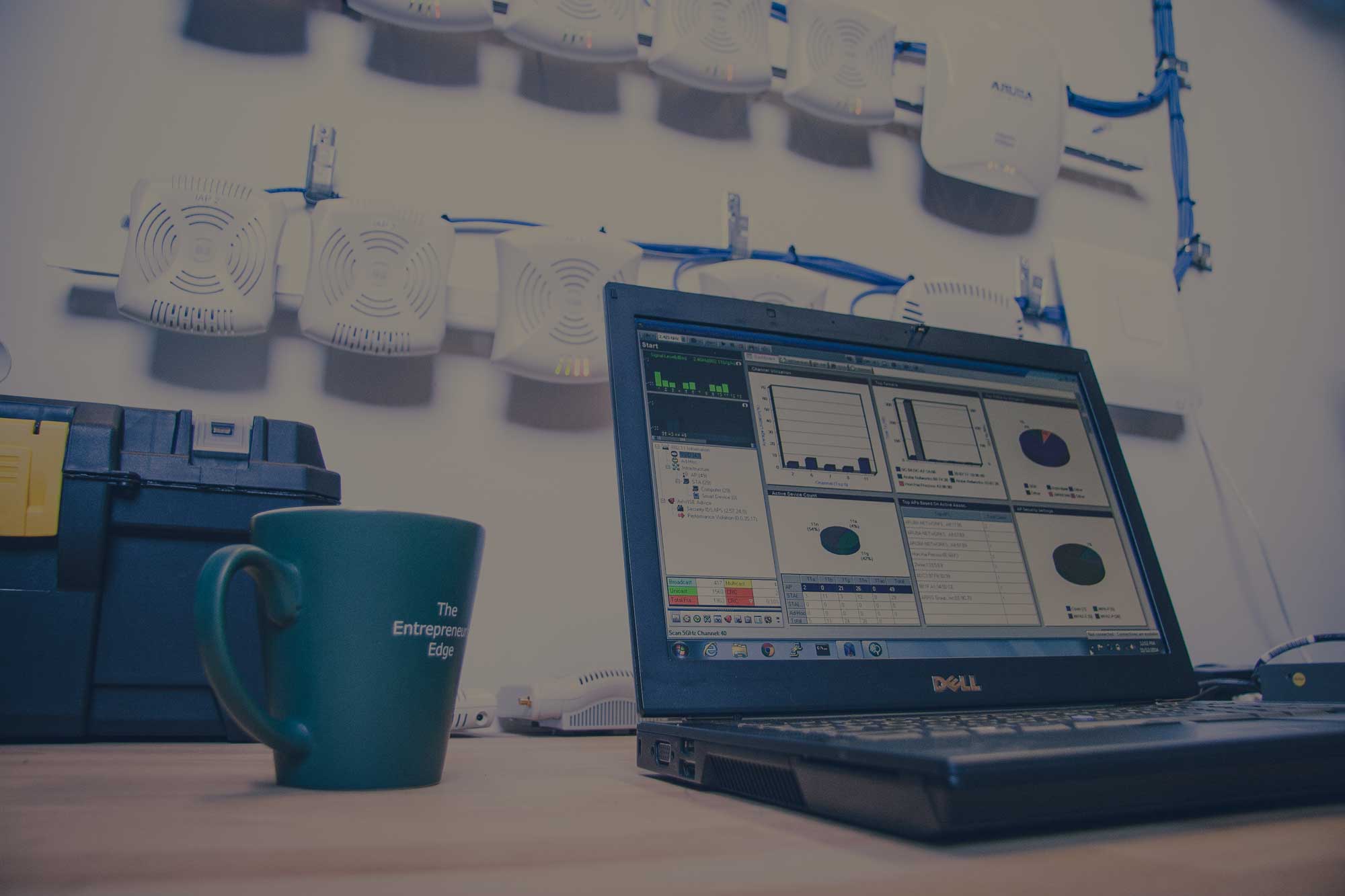Every business knows the importance of delivering exceptional customer service, especially in today’s world of social media, just ask United Airlines.
If it’s not good, chances are your employees will be frustrated and your customers won’t return.
Other than improving the customer experience, there are two main reasons why retailers have started to embrace the BYOD opportunity:
- Lower operational costs
- Increased employee satisfaction and productivity
While BYOD does offer many benefits to retailers, if your wireless is slow, unreliable and unsecured, then you’re never going to see the results you were expecting.
In reality, the only thing you’ll be experiencing is lower revenue.
If you’re about to start a BYOD program, here are 3 common problems that many retailers run into and the solutions to help you avoid them before it’s too late.
Problem 1: Your Network Can’t Keep Up With Demand
The shift to BYOD increases the number of devices accessing your network.
Not only are your employees connecting to your wireless network, but customers and other types of guests will want access as well.
Your wireless network has now gone from supporting a set or known number of devices to now having to account for an influx of devices that can vary from minute to minute.
However, if the numbers weren’t a big enough challenge already, you also have to contend with the different types of devices and applications now accessing your network as well.
From smartphones, laptops, tablets, wearables and the IoT, to streaming video, mobile PoS systems, social apps and the good old fashioned internet, each type of device and application will have a different impact on the performance of your wireless system.
BYOD while quickly becoming the standard best practice also just made things a lot more complex.
Solution 1:
It’s time to re-evaluate your wireless network design.
In most cases your network wasn’t designed or planned to support BYOD and the challenges it brings with it. You might have the right amount of coverage, but your device numbers are overloading your access points.
Updating your wireless system with a capacity design solves this issue. Capacity adds context so you can properly support both the number and different types of devices and applications now accessing your network.
Watch the video below to learn more about capacity:
With the right design in place, that utilizes the right components, your new BYOD program will have the infrastructure it needs to succeed, and that means more productive employees and more satisfied customers.
Problem 2: Providing Secure Access
Security is something we never take lightly, especially in retail. It is the foundation of your entire wireless system, and it’s what makes bring your own device possible.
If you can’t see who or what is accessing your network and control where they can go and what they can do, how are you going to prevent security breaches?
As a retailer, you don’t want guests or employees to be able to access confidential or important business data. You also don’t want malicious intruders to be able to gain access to both your customer’s or business’s data either.
Security breaches are extremely expensive and potentially business-ending, depending on their severity.
Without proper control, visibility, and the right security components in place to support BYOD and secure wireless access, all we can really say is, good luck.
Solution 2:
There are many components that make up your wireless systems security foundation. However, when it comes to bring your own device we’d like to focus on network access control aka NAC.
Network access control has three primary functions:
- Identify
- Assign
- Enforce
NAC allows your wireless system to identify who or what is gaining access to your network and how.
Using role-based access control, NAC can then assign roles to end-users and/or devices (IoT) and enforce correlating policies according to that role.
Role examples:
- Floor Employee - access to mobile PoS system, inventory management, internet.
- Customer - access to general use of internet, social networks, streaming channels, email.
NAC is highly customizable; you can set your own policies and roles based off your needs and enforce them as necessary.
In addition, network access control makes on-boarding and authenticating devices more efficient. Without it, how else would you handle all of these new devices?
At the end of the day, BYOD security is all about providing your end-users and the various devices accessing your network with exactly what they need, nothing more and nothing less.
Problem 3: Small IT Staff
BYOD brings a broader scope of tasks for IT teams to manage. Especially if you have an IT team that’s on the smaller side, BYOD can add a lot of stress because of problems 1 and 2 already mentioned above.
It’s a very common mistake to think that once your new system has been deployed and configured that you’re all done.
We always say the WiFi engineering process goes from start to never-ending.
Wireless requires constant, on-going monitoring to maintain optimal performance and security levels.
It also takes a lot of experience and skill to get it right. However, other than the certifications and years of experience, it also takes dedication. Your wireless system is alive and supporting programs like BYOD requires proper management of that system.
Solution 3:
Having a network management system, provides your IT staff with real-time visibility over the entire network, from access points and switches to even what your employees or customers are doing on the network.
An NMS solution allows your team to manage the network more effectively and efficiently, cutting down on costly time spent troubleshooting.
NMS provides you with visibility into:
- RF Signal
- Device Connections
- Device locations
With the right network management system, you can even simulate the user experience on your network to make proactive adjustments, preventing wifi problems before they happen.
Next Steps
It’s natural to get excited about what you can do with technology and wireless.
Starting a BYOD program is no different; providing your business with some pretty powerful benefits, such as lower operating costs, and more productive employees.
However, you can’t put your wants before your needs and you can’t put your devices before your wireless infrastructure.
Partnering with an experienced, wireless service provider to help you design, deploy and manage the right wireless system is extremely important, and can mean the difference between a growing business and one that’s closing its doors.
At SecurEdge, we provide the platform to simplify networking and deliver a reliable, robust, and secure wireless system-–it’s all we do. If you have any questions or would like to discuss an upcoming project, please contact us here.






